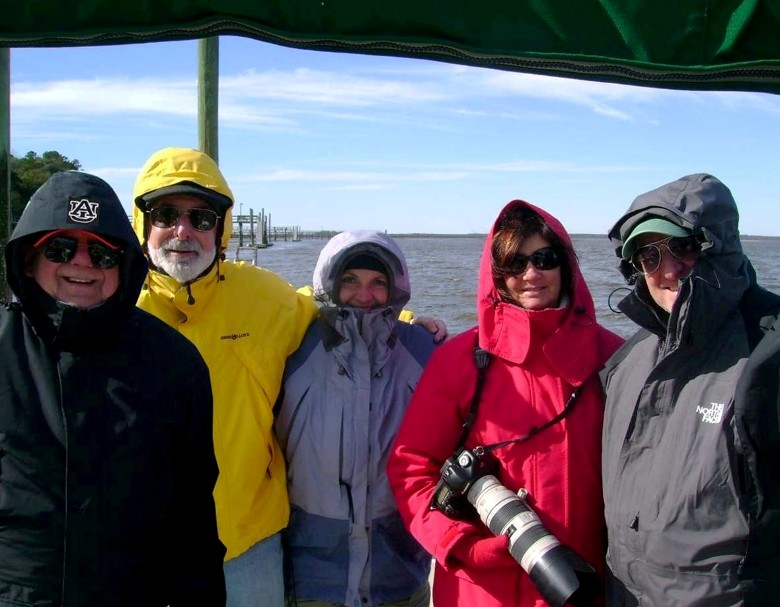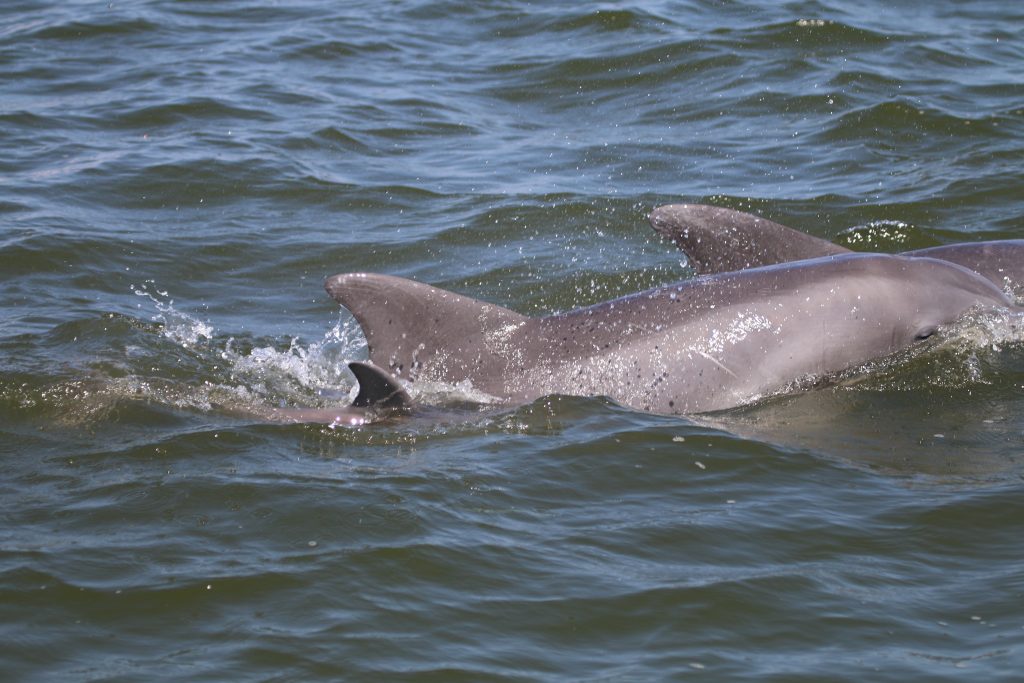The Dolphin Project of Savannah Georgia was incorporated in 1989 by journalist Beau Cutts, but it’s story begins a year and a half earlier, when hundreds of dolphin carcasses were washed up on the shores of the Mid-Atlantic.
At the time, little was known about the dolphin populations along the coasts of Georgia. In an effort to begin to better understand the situation and catalog the stock in the area, The Dolphin Project was formed with the help of volunteers.
Right from it’s beginning, leading scientists participated in the development of the organization. Charlie Potter of the Smithsonian and Randall Wells of the Sarasota Dolphin Research Center were instrumental in setting up the procedures that The Dolphin Project would use.

See More Photos
The work of the project is carried out by a good number of volunteers from the local community. These volunteers collect and sort data that is of immense value, especially to the scientists working on dolphin populations and conservation.
Today, The Dolphin Project is celebrating the 30th anniversary of it’s founding. Details about the event this evening, as well as a lot of information about recent activities of the organization can be found in their fall newsletter.
